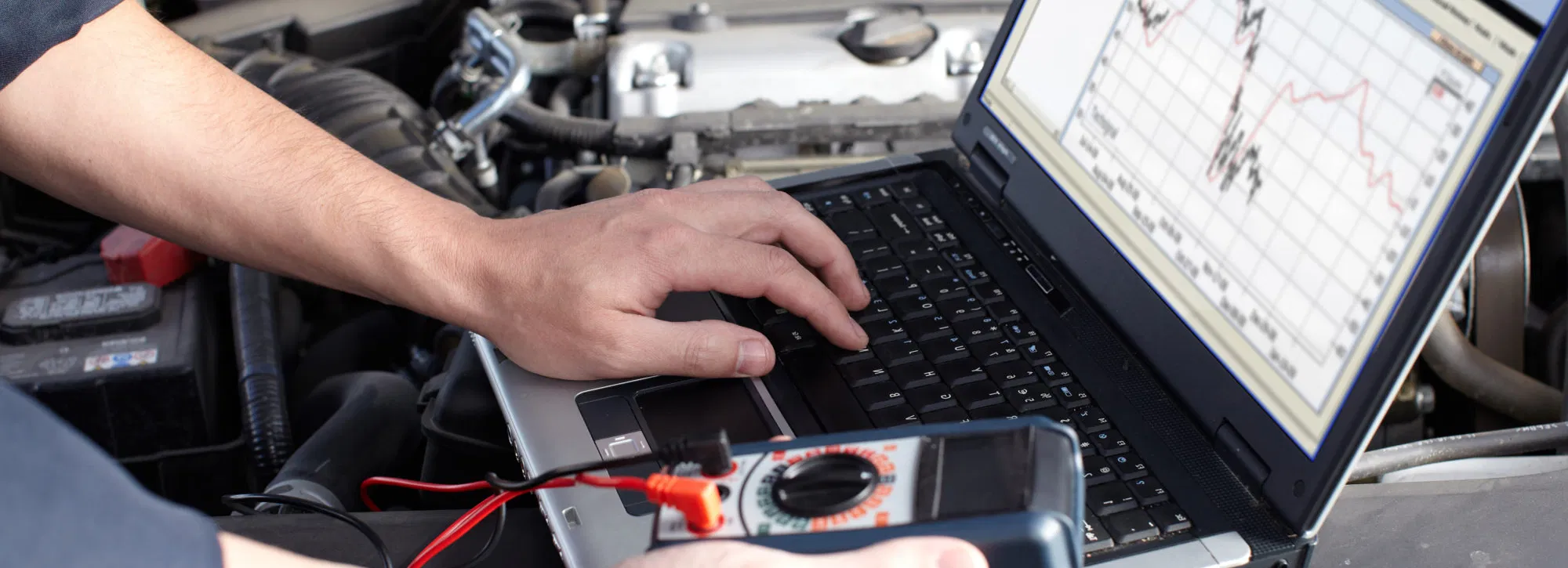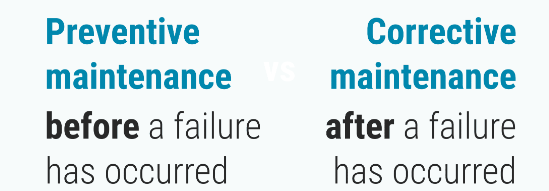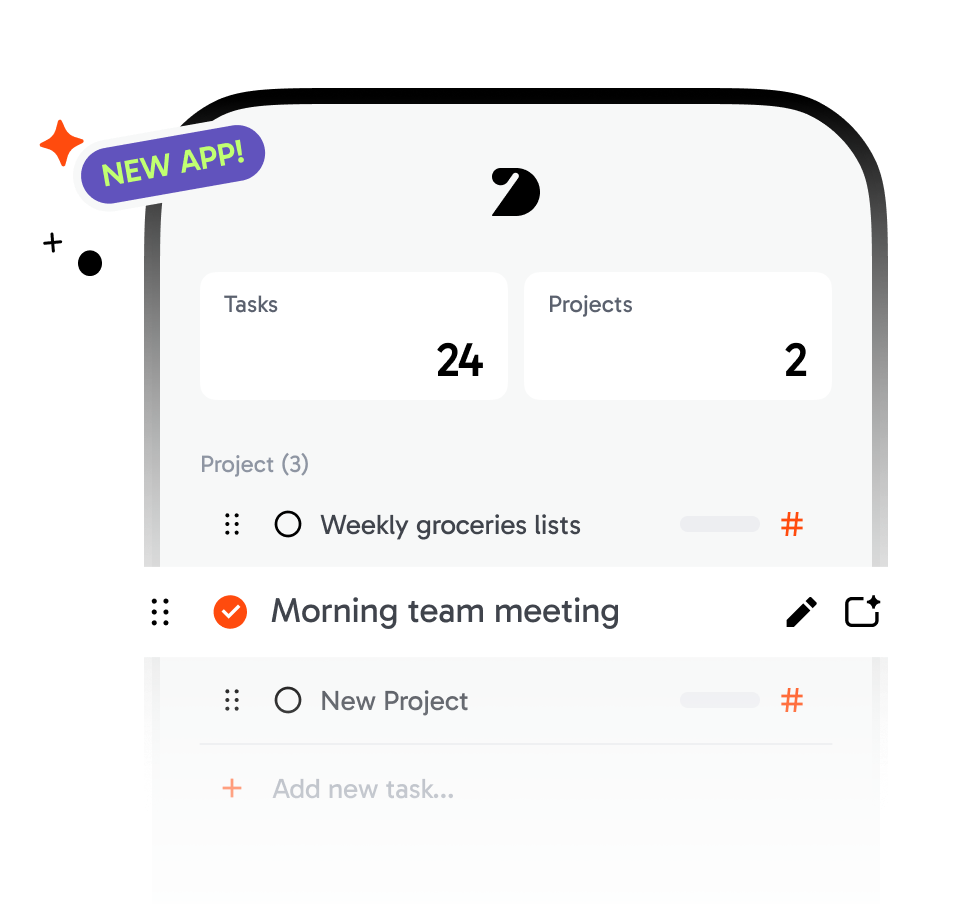Corrective Maintenance: Your Go-To Guide for Keeping Things Running Smoothly

Corrective Maintenance: Your Go-To Guide for Keeping Things Running Smoothly
Introduction: What is Corrective Maintenance?
Hey there! Ever found yourself knee-deep in a situation where something just isn’t working right? Whether it’s your car, your laptop, or even your coffee machine, we’ve all been there. This is where corrective maintenance steps in. In the simplest terms, corrective maintenance is the process of fixing something after it’s broken. It’s all about addressing the problem head-on to get things back in working order.
Corrective maintenance is a crucial aspect of any maintenance strategy, especially in industries where machinery and equipment are constantly in use. It’s about identifying the issue, finding the root cause, and implementing a solution to prevent future breakdowns.
Why Corrective Maintenance Matters
1. Keeping Things Running Smoothly
Corrective maintenance is like the unsung hero in the world of maintenance. It’s not glamorous, but it’s essential. Imagine a world where broken things just stayed broken. Not a pretty picture, right? Corrective maintenance ensures that when something goes wrong, it gets fixed quickly and efficiently, minimizing downtime and keeping operations running smoothly.
2. Cost-Effective Solutions
When you think about maintenance, you might imagine hefty bills and costly repairs. But here’s the thing: corrective maintenance can actually save you money in the long run. By addressing issues as they arise, you can prevent minor problems from turning into major, expensive headaches. Plus, with a good CMMS like Opmaint, you can track repairs and maintenance costs, making it easier to manage your budget.
3. Safety First
Let’s talk about safety. Equipment that isn’t working properly can be dangerous. Corrective maintenance ensures that any safety hazards are dealt with promptly, reducing the risk of accidents and keeping your team safe. It’s about more than just fixing a machine; it’s about protecting people.
Types of Corrective Maintenance
Corrective maintenance isn’t a one-size-fits-all solution. It comes in different forms, each suited to specific situations. Let’s break down the main types:
1. Deferred Corrective Maintenance
This is the kind of maintenance that can be postponed without immediate consequences. Maybe a machine is making a strange noise, but it’s still working fine. You schedule a repair for later, at a more convenient time.
2. Immediate Corrective Maintenance
Sometimes, there’s no time to wait. Immediate corrective maintenance is needed when a piece of equipment breaks down and requires urgent attention to get it back up and running.
3. Breakdown Maintenance
Breakdown maintenance is what happens when something stops working completely. It’s all about repairing or replacing the faulty parts to restore functionality. This type of corrective maintenance often requires quick action to minimize downtime.
Steps in the Corrective Maintenance Process
1. Identifying the Problem
The first step in corrective maintenance is spotting the problem. This could be something obvious, like a machine that won’t start, or something more subtle, like a drop in performance.
2. Diagnosing the Issue
Once the problem is identified, the next step is to diagnose the issue. This might involve checking manuals, running diagnostics, or even consulting with experts to figure out what’s wrong.
3. Planning the Repair
Before jumping in with a wrench, it’s important to plan the repair. This includes gathering the necessary tools, parts, and expertise to fix the problem efficiently.
4. Executing the Repair
This is where the magic happens. The repair is carried out, whether it’s replacing a faulty part, adjusting settings, or performing a full overhaul.
5. Testing and Monitoring
After the repair, it’s crucial to test the equipment to ensure it’s working properly. Monitoring the performance over time can help catch any recurring issues early on.

Common Challenges in Corrective Maintenance
Corrective maintenance can be tricky, and it’s not without its challenges. Let’s look at some of the common obstacles:
1. Unplanned Downtime
One of the biggest challenges is dealing with unplanned downtime. When equipment breaks unexpectedly, it can disrupt production schedules and lead to costly delays.
2. Finding the Right Parts
Sometimes, the hardest part of corrective maintenance is finding the right parts for the repair. This can be especially challenging with older equipment or specialized machinery.
3. Skill Gaps
Not every maintenance team has the same level of expertise. Skill gaps can make it difficult to diagnose and repair complex issues, leading to longer downtime and more expensive repairs.
4. Documentation and Record-Keeping
Keeping track of repairs, parts used, and costs can be a headache. Without proper documentation, it’s hard to identify recurring issues or manage maintenance budgets effectively.
How to Overcome Corrective Maintenance Challenges
So, how do you tackle these challenges? Here are some tips:
1. Implement a CMMS
A Computerized Maintenance Management System (CMMS) like Opmaint can be a game-changer. It helps you schedule and track repairs, manage inventory, and keep detailed records of maintenance activities. With Opmaint, you can stay on top of corrective maintenance tasks and reduce downtime.
2. Train Your Team
Invest in training for your maintenance team. The more skilled they are, the better equipped they’ll be to handle complex repairs and diagnose issues quickly.
3. Keep Spare Parts in Stock
Having a well-stocked inventory of spare parts can reduce downtime significantly. Make sure you have the most commonly needed parts on hand to speed up repairs.
4. Monitor Equipment Regularly
Regular monitoring can help you catch potential issues before they lead to breakdowns. This proactive approach can reduce the need for corrective maintenance and extend the life of your equipment.

The Role of Opmaint in Corrective Maintenance
Let’s talk about how Opmaint can make your corrective maintenance tasks a breeze. Imagine having all your maintenance data in one place, with easy access to repair histories, parts inventories, and cost tracking. Opmaint’s user-friendly interface allows you to schedule repairs, track progress, and generate reports with just a few clicks.
But that’s not all! Opmaint’s predictive analytics can even help you anticipate when a piece of equipment might need corrective maintenance, reducing unplanned downtime and keeping your operations running smoothly. With Opmaint, you’re not just fixing problems; you’re preventing them.
Benefits of Corrective Maintenance
Corrective maintenance isn’t just about fixing what’s broken. It offers several key benefits:
1. Increased Equipment Lifespan
By addressing issues promptly, you can extend the life of your equipment. Regular repairs prevent wear and tear from turning into irreversible damage.
2. Improved Efficiency
When equipment is functioning properly, your operations run more smoothly. Corrective maintenance helps maintain optimal performance, leading to greater efficiency.
3. Cost Savings
As mentioned earlier, corrective maintenance can save you money by preventing minor issues from becoming major problems. It’s a cost-effective way to keep your equipment in top shape.
4. Enhanced Safety
Safety is a top priority in any workplace. Corrective maintenance ensures that equipment is safe to use, reducing the risk of accidents and injuries.
5. Compliance with Regulations
In many industries, maintaining equipment is not just a good practice—it’s a legal requirement. Corrective maintenance helps you stay compliant with regulations, avoiding fines and legal issues.
Best Practices for Corrective Maintenance
To get the most out of your corrective maintenance efforts, consider these best practices:
1. Prioritize Tasks
Not all maintenance tasks are created equal. Prioritize repairs based on the impact they have on your operations. Address critical issues first to minimize downtime.
2. Document Everything
Keep detailed records of all maintenance activities. This documentation will help you track performance, identify trends, and make informed decisions about future maintenance needs.
3. Use Data to Drive Decisions
Leverage data from your CMMS to make informed decisions about maintenance. Analyzing trends can help you identify patterns and predict when equipment might need attention.
4. Communicate with Your Team
Effective communication is key to successful corrective maintenance. Make sure everyone is on the same page, from the maintenance team to operations managers, to ensure repairs are carried out efficiently.
5. Review and Improve
Corrective maintenance is an ongoing process. Regularly review your maintenance strategies and make improvements where necessary to enhance efficiency and effectiveness.

Integrating Corrective Maintenance with Preventive Maintenance
While corrective maintenance is reactive, preventive maintenance is proactive. The best maintenance strategies combine both approaches to keep equipment running smoothly.
1. Understanding Preventive Maintenance
Preventive maintenance involves regular inspections and servicing to prevent equipment from breaking down in the first place. It’s about catching issues before they become problems, which can save you time, money, and a lot of headaches.
2. Benefits of Integration
Integrating corrective and preventive maintenance allows you to cover all bases. Preventive maintenance can reduce the frequency of corrective maintenance by addressing potential issues early. However, when something does break down, corrective maintenance ensures that it’s fixed quickly and efficiently. This combination leads to more reliable equipment, fewer unexpected breakdowns, and a smoother operation overall.
3. Using a CMMS for Integration
A CMMS like Opmaint can seamlessly integrate corrective and preventive maintenance. With Opmaint, you can schedule preventive maintenance tasks while also tracking any corrective maintenance needs that arise. This holistic approach ensures that your equipment is always in top shape, minimizing downtime and maximizing productivity.

Key Takeaways: Why Corrective Maintenance is Essential
Corrective maintenance is a critical part of any maintenance strategy. Here’s a quick recap of why it matters:
- Minimizes Downtime: By addressing issues promptly, corrective maintenance reduces downtime and keeps operations running smoothly.
- Cost-Effective: Fixing problems as they arise prevents minor issues from becoming costly repairs.
- Enhances Safety: Regular corrective maintenance ensures that equipment is safe to use, reducing the risk of accidents.
- Extends Equipment Lifespan: By repairing equipment promptly, you can extend its lifespan and get the most out of your investment.
- Supports Compliance: Many industries require regular maintenance to comply with safety and operational regulations.
How Opmaint Can Help with Corrective Maintenance
Now, let’s dive into how Opmaint can be your go-to solution for managing corrective maintenance.
With Opmaint, you’re not just fixing problems – you’re preventing them from happening in the first place. Our CMMS platform is designed to streamline the corrective maintenance process, making it easier to manage repairs, track maintenance costs, and ensure that your equipment is always in peak condition.
Here’s how Opmaint makes a difference:
- Centralized Maintenance Data: Keep all your maintenance records in one place, making it easy to track repair histories, parts inventories, and costs.
- Automated Work Orders: Generate and manage work orders automatically, ensuring that no maintenance task slips through the cracks.
- Real-Time Alerts: Get notified as soon as an issue is detected, so you can address it before it becomes a major problem.
- Predictive Analytics: Use data to predict when equipment is likely to need maintenance, reducing unplanned downtime.
- User-Friendly Interface: Opmaint is designed to be easy to use, even for those who aren’t tech-savvy. You can quickly navigate the system, access the information you need, and manage maintenance tasks efficiently.
In short, Opmaint takes the hassle out of corrective maintenance, allowing you to focus on what matters most: keeping your operations running smoothly.

Conclusion: Embrace the Power of Corrective Maintenance
Corrective maintenance might not be the most glamorous part of your operations, but it’s undoubtedly one of the most important. By staying on top of repairs and using tools like Opmaint, you can ensure that your equipment is always in great shape, minimizing downtime, reducing costs, and keeping your team safe.
Remember, a well-maintained machine is a happy machine, and a happy machine means a smoother, more efficient operation. So, embrace corrective maintenance – it’s your key to keeping things running smoothly.



.png)
